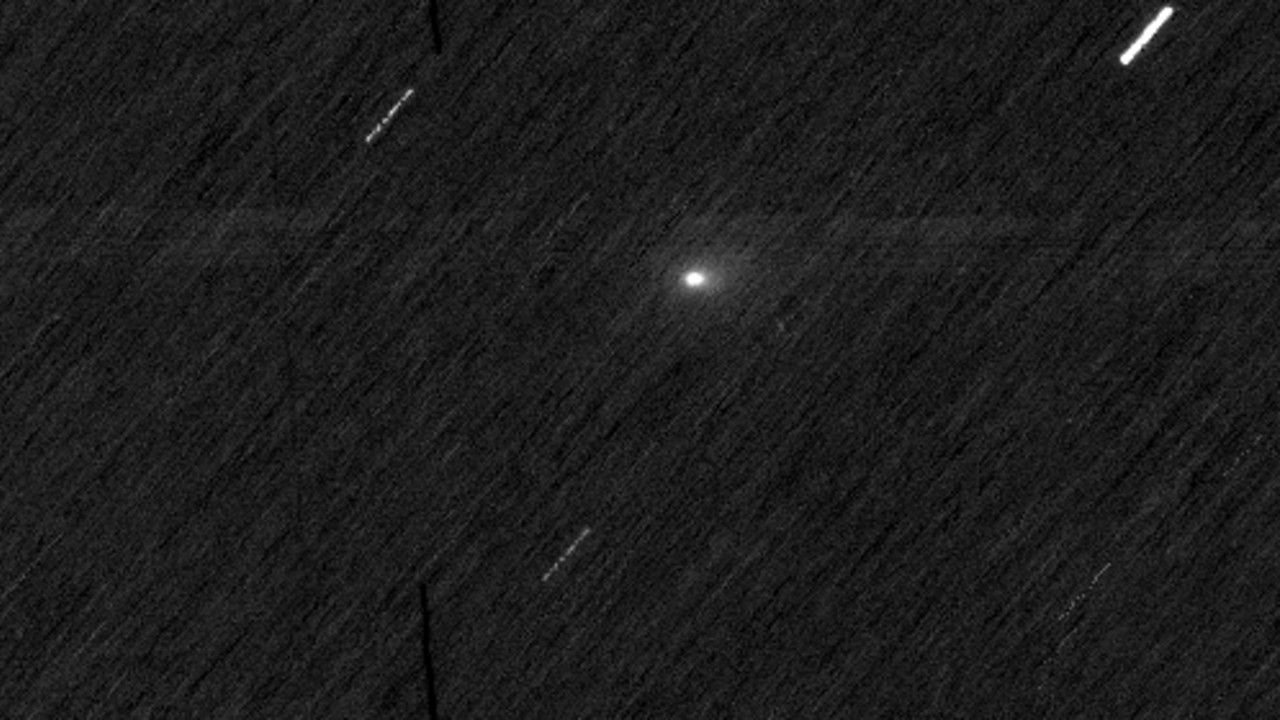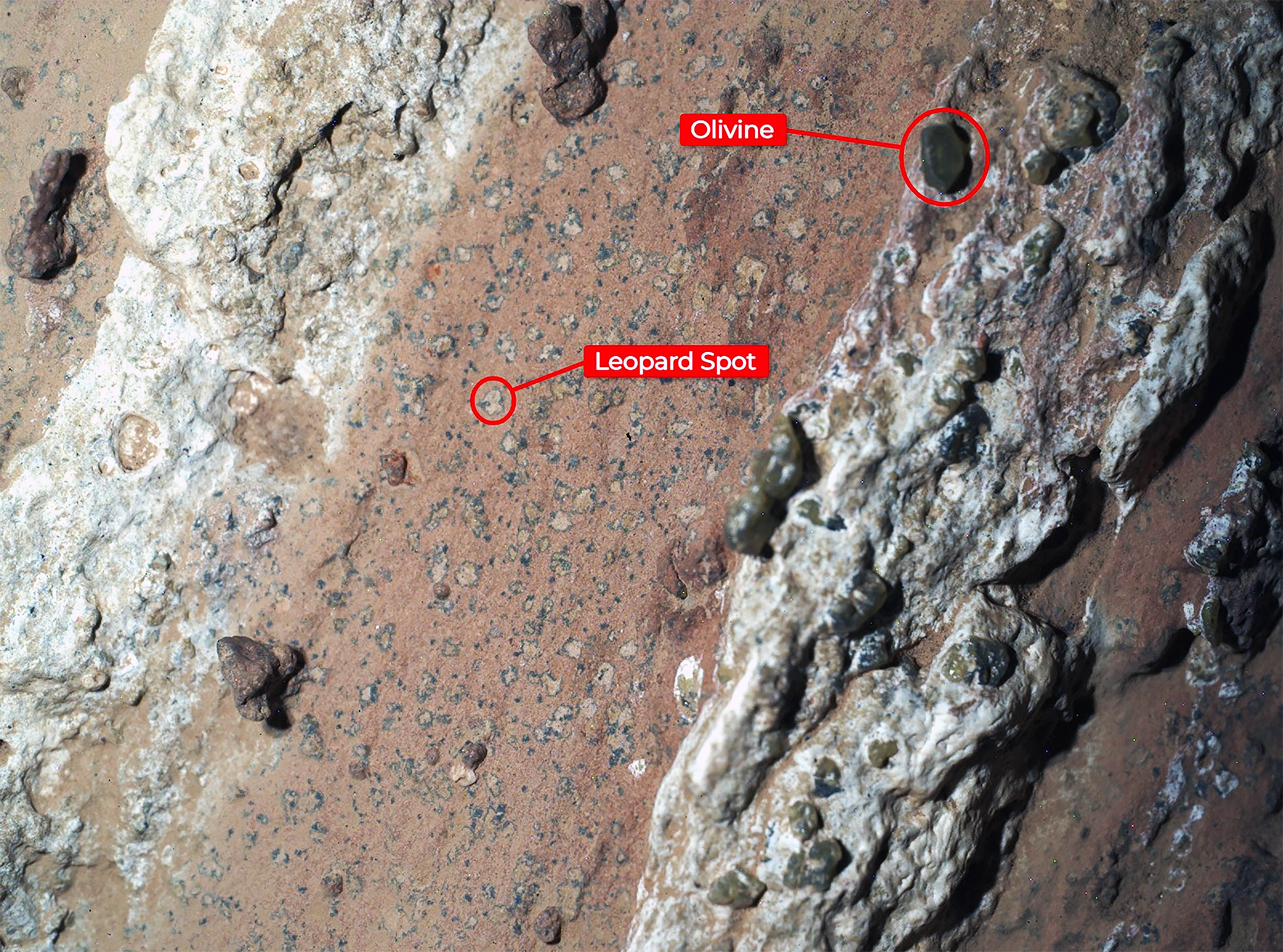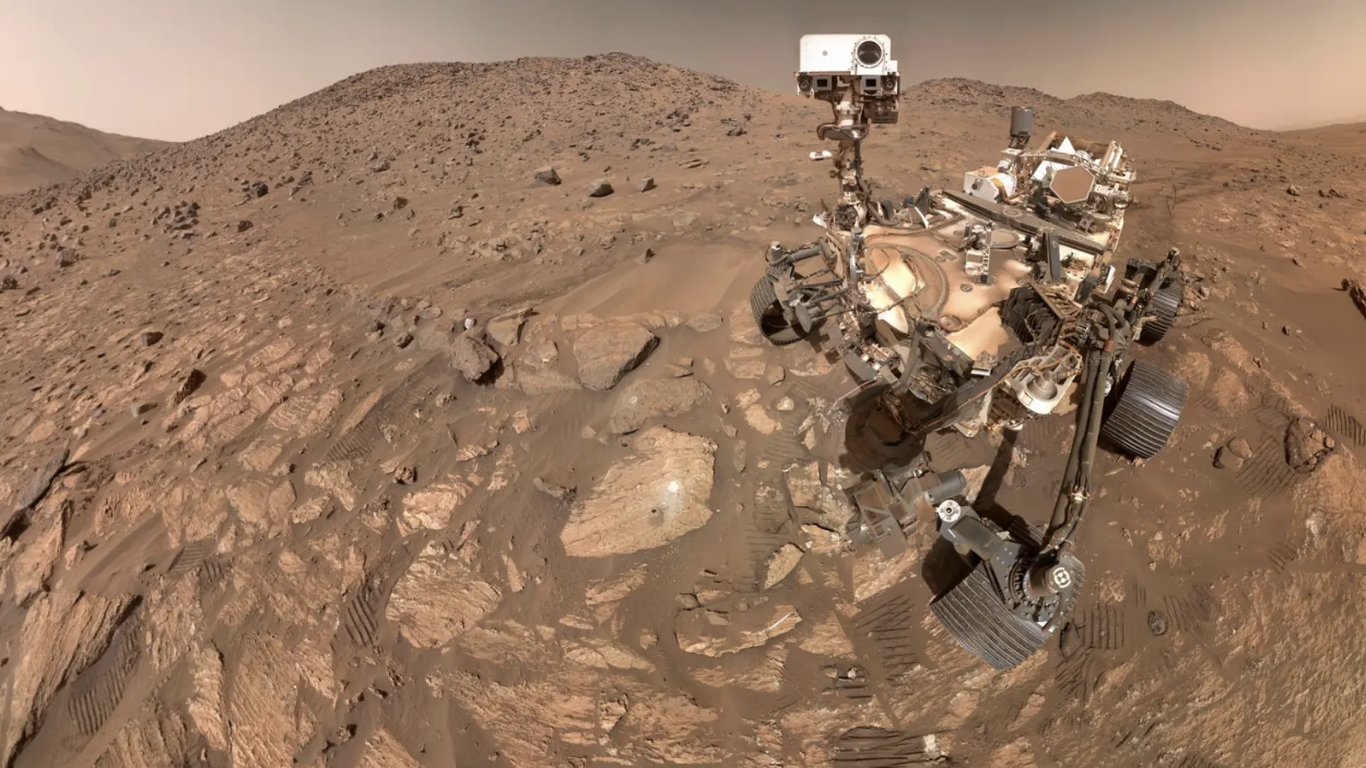Mars Dust Devils: Mapping Winds and Implications for Future Missions

Unveiling Mars’ Fierce Dust Devils
Recent studies have revealed that Mars experiences surprisingly intense dust devils with winds reaching up to 99 miles per hour (158 km/h). These swirling columns of dust, tracked by European orbiters over two decades, are much faster and more widespread than previously assumed. The largest dust devils can span nearly 1,900 feet (580 meters) across, stirring vast amounts of dust into the thin Martian atmosphere. This new understanding reshapes our view of Martian weather and surface conditions.
Mapping Martian Winds Through Dust Devils
Scientists used advanced deep learning techniques to analyze over 50,000 images from the Mars Express and ExoMars Trace Gas Orbiter missions. By cataloging over 1,000 dust devils, they created a global wind map revealing that these whirlwinds are common in the northern plains and southern highlands. Dust devils not only trace previously invisible wind patterns but also indicate where dust lifting is most intense, especially during the Martian spring and summer.
Implications for Future Mars Missions
Understanding these powerful winds is critical for future exploration. Dust accumulation affects solar panels and instruments on rovers, posing challenges for mission design and operation. Improved wind models based on this research will help engineers plan safer landings and durable equipment, ensuring the success of robotic and human presence on Mars.









